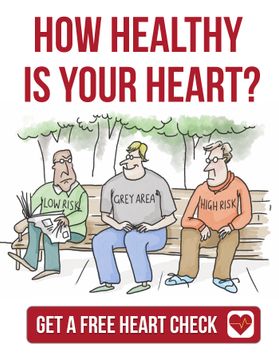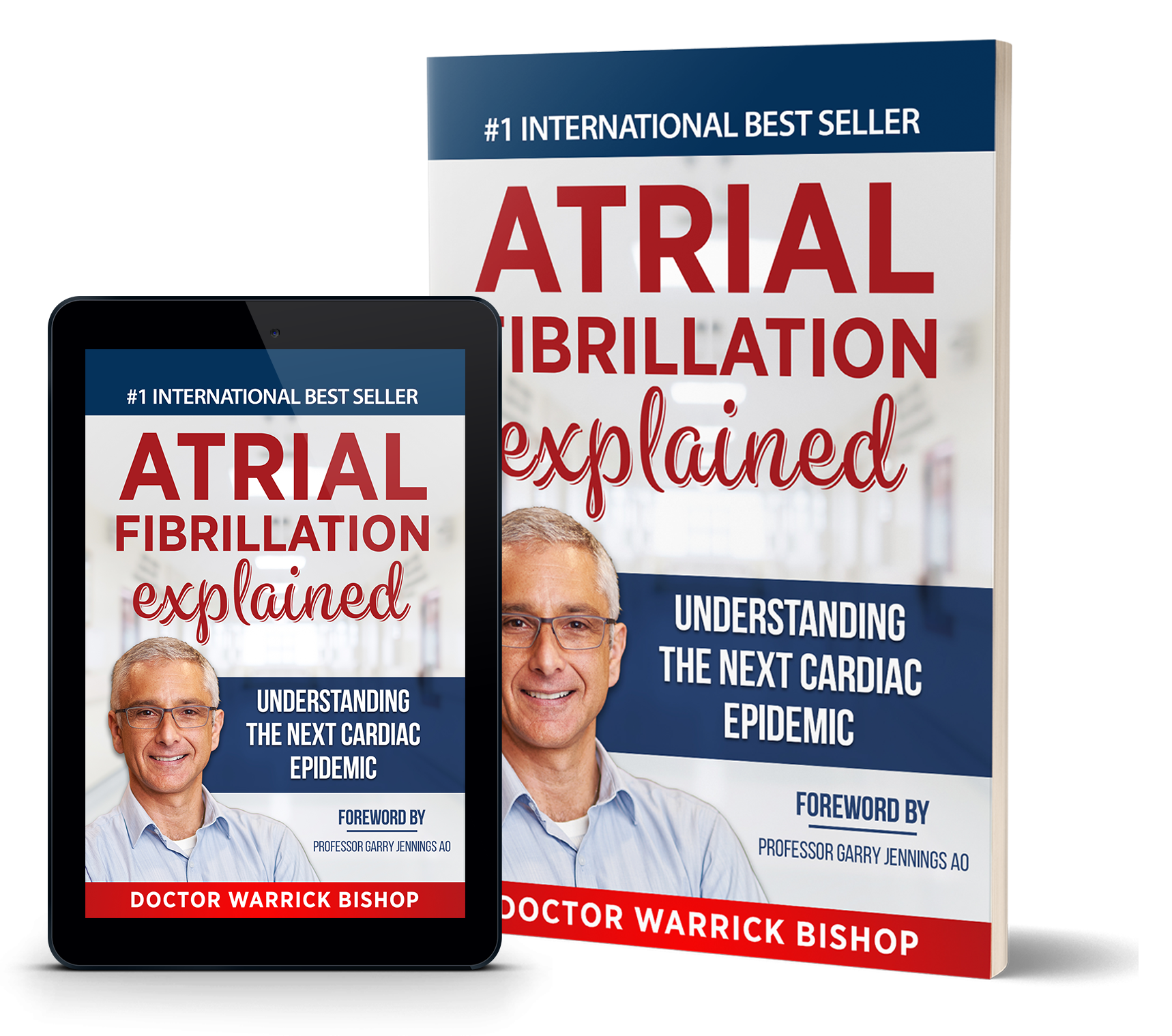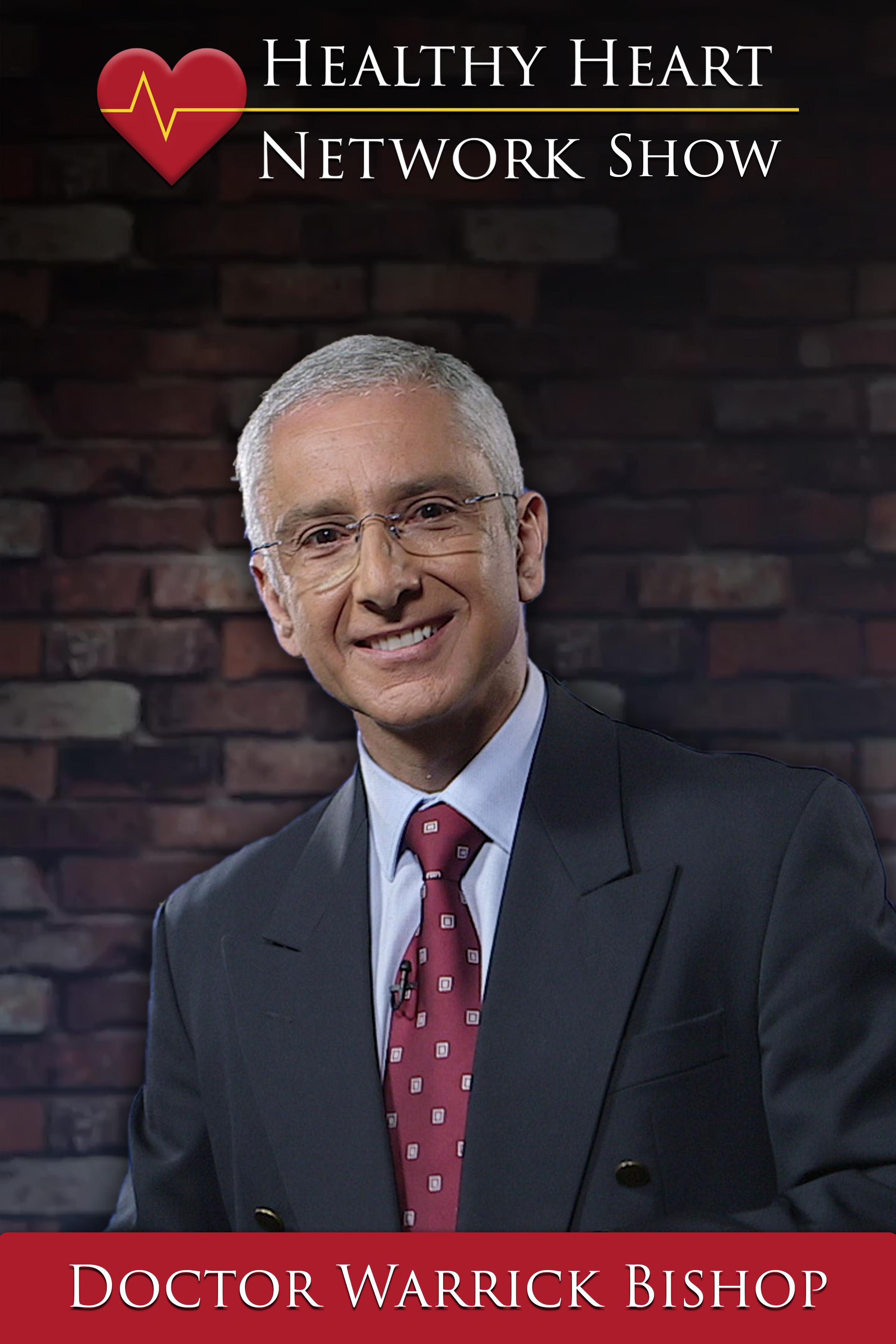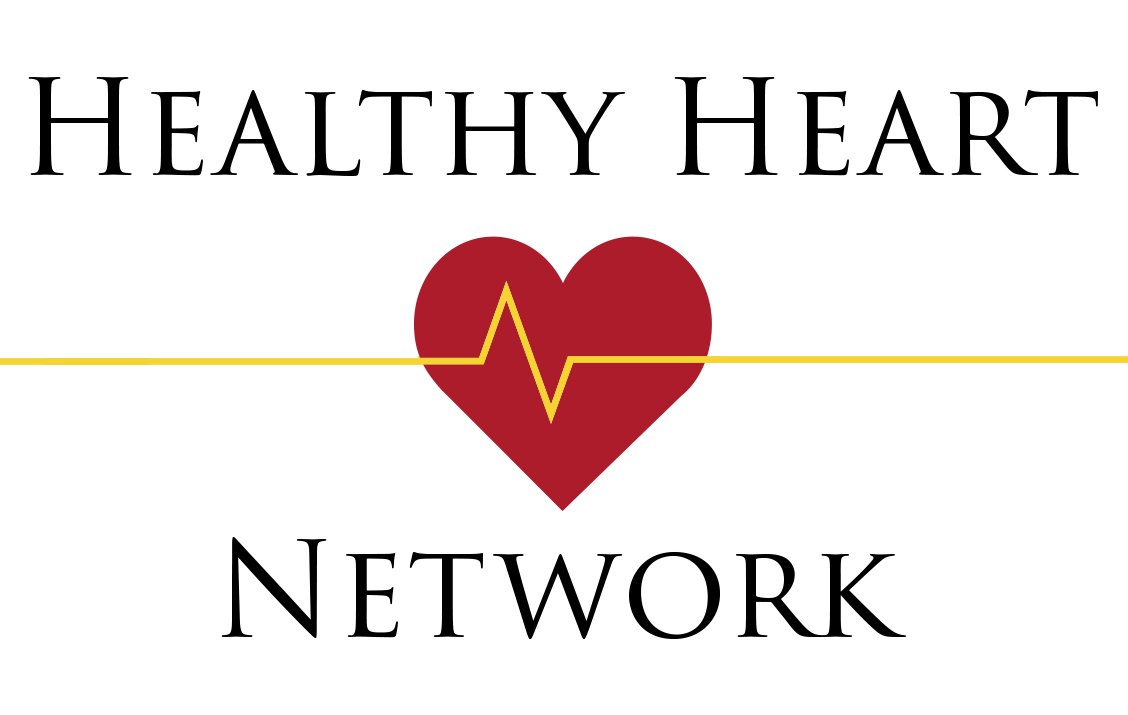My name is Doctor Warrick Bishop, and welcome back to Part 3 of our miniseries about heart attack prevention.
I believe that heart attacks are preventable, but there are steps and there is information you need to understand to get there. But let's take a step back and let's think about the history.
What I'm going to talk about is scanning the heart. And one of the things we do, scanning the heart, is looking for calcium within the arteries. So what's the background to that? Interestingly, back in 1927 a fellow called Link first described calcification in the arteries of living subjects. That's nearly 100 years ago. So this idea of knowing that we might find calcium in arteries is not new. In about 1960 or thereabouts, a couple of researchers in the United States looked at taking X-rays of cadavers who died from coronary or heart attack, and they found 80% of those patients had calcium in the arteries, closely or starting to closely link the issue of calcification in arteries with problems with the heart. Some years after that, a group in England led by a doctor called Oliver used fluoroscopy or cine cameras or, if you like, almost video Xray, to look at the heart of subjects with coronary artery disease and found calcification.
So how does calcification get into the arteries? Well, I've got a cartoon here which might just help a little bit. You can see if you look at this cartoon that the artery wall has a number of layers. It's got an inner layer, a middle layer, and an outer layer. Cholesterol will sit on that inner layer and may be drawn into the middle layer and start to accumulate. As that cholesterol accumulates, other cells move in. And one of the cells that's particularly important is a so-called macrophage, which is like the gobble guts, so cleaning up cell of the body. That macrophage goes in, and it finds that cholesterol and gobbles it up. In fact, it gobbles so much that it swells to a size that it ruptures. And because macrophages have enzymes inside them to help them digest other particles, proteins and cellular debris within the body, those enzymes are released, they cause local scarring, and that local scarring forms an architecture or a scaffold for calcium to deposit. So the deposition of calcium in the arteries is closely linked with the deposition of cholesterol within the arteries prior.
So how do we find CT? We find calcium in the arteries, we use a CT scanner. So CT stands for computer tomography and really means that we're using a panel of X-ray to take thin slices, that we stack together to reconstruct images. So we use C.T. or CAT scanning, and you may have heard of that. They’re broadly available. But for the use of scanning calcium, they quite broadly details.
Let me show you some of the pictures we get. Here’s a heart. You can see the heart is the lump in the middle here, at the front or the top of the picture is a white bar, if you like, that's the sternum. At the back of the picture is the vertebral body and on the side are the ribs. But the bit in the middle is the heart. You can see this particular heart doesn't have any calcification in that because the calcification shows up as white on C.T. X-ray. Look at these. These pictures clearly show that that blob in the middle of the heart has calcium within the arteries. This starts to give us more information about that individual patient. So some people say to me, well, why do we bother imaging the arteries? Why don't we just do a stress test here?
Let me talk you through why that's the case and let me explain why just being fit and healthy doesn't necessarily protect you from a heart attack and why I've been so strong about putting this information in your hands, because many of my colleagues historically and still use stress testing to evaluate risk. Let's go through that.
Here's a picture of an artery going to a piece of heart muscle. If we think about the development of plaque within those arteries, then early plaque formation doesn't limit flow. It's early. It's not progressed. It's not causing flow limitation, so we can get no flow-limiting plaque. In this situation, patients have no symptoms whatsoever because there's no limitation of the blood flow.
Let's contrast that to people who have advanced or more advanced plaque within their arteries, plaque that is tight enough that when the individual increases their workload, not enough blood can get through. And so that leads to maybe chest pain or shortness of breath. These individuals have symptoms, but this is pretty advanced plaque. We're going to call that flow limiting plaque. If we were to section through or cut through non-flow limiting and flow limiting plaque to look at the constituents, we would see that they basically made up of the same thing, which is a build-up of cholesterol covered by a fibrous cap separating the contents of the blood from the contents of the buildup of plaque.
Well, what happens with a heart attack is that that fibrous cap separating the cholesterol laden plaque from the contents of the blood passing through, that plaque cap ruptures. And when that ruptures, the contents of the blood can come into contact with the contents of the plaque. And that's not meant to happen. The body suddenly puts in train, a response to stop what it thinks is a situation where the body could be bleeding, and it forms a clot. That clot or thrombus can block the artery completely and if it does, stops all blood to the muscle beyond or supplied by that artery giving rise to a heart attack. The word we use actually is a myocardial infarction but heart attack is a bit of a generic term and will serve our purpose for now.
Now he's very important information and I want you to understand. When we look at the autopsy findings of people who have had heart attacks, it turns out that approximately 60 percent of heart attacks occur on flow-limiting plaque. So quite advanced. But the scary, surprising, and really important bit I want you to understand is that 40 percent of heart attacks occur on plaque that is non-flow limiting. These are plaque not advanced enough to have narrowed the arteries, but are advanced enough to be unstable and rupture.
Think of our fun runner in the very first episode of this miniseries. That fun runner put on his shoes that morning, feeling fit and well and looking forward to running a 10 km run. He hadn't been training with regular symptoms. He didn't have flow limiting plaque, up until the point that that plaque ruptured halfway through his race and he dropped dead by the side of the road. It's very important to understand the difference between flow limiting and non-flow limiting plaque, and that both can give rise to heart attack.
Sixty percent on flow limiting lesions, 40 percent, nearly half, on plaque that's not limiting blood flow, to the time it ruptures. Now, let's think about stress testing. When we stress test someone, we're putting them through a treadmill test and we're increasing their oxygen demand. And really, we need more blood to flow down the arteries to get to that heart muscle and supply the heart. Now, that means that a stress test will only pick up the flow limiting plaque because it's the flow limiting plaque that will have a limitation to flow when we increase the need for extra oxygen, extra energy for that heart muscle. Well, here's the scary thing. Treadmill tests are not a perfect test.
They will pick up 85 percent of narrowed arteries. We call it 85 percent sensitive. It will pick up 85 percent out of 100 narrowed arteries and 85 per cent specific. That means that 85 percent of the time, if it says there's a problem, it's correct. So it's not a perfect test. But if we think that through if we're picking up eighty five percent of the 60 percent of heart attack, then in actual fact we're only picking up fifty one percent of potential heart attack candidates. And if you think 51 percent, then we could achieve a 50 percent pick up rate just by tossing a coin. Doesn't sound such a good test when you put it that way. And remember, this is in people with flow limitation. So what do we do? Well, we remember that 40 percent of heart attacks are occurring on non-flow limiting plaque, undetectable by functional testing, by treadmill testing. The pickup of non-flow limiting plaque by stress testing is zero. The proof in that is the stress test that I did on our fun runner in 2003, only to see him have a heart attack in 2005.
Remember, it's the process that's occurring on the plaque, whether its flow limiting or not, which is rupture of that fibrous cap covering it and that content of the blood coming into contact with the contents of the plaque, kicking off a reaction that forms a clot. So treadmill testing, the reality is they can be good for detecting people who have symptoms. So if we do have people who appear with symptoms on exertion, then we can probably produce those symptoms and we may get clues that the heart's involved. So it's a good test for that. And I use it regularly for that. Not a bad test for fitness if you really want to assess how fit and well someone is, but you don't need to do that in a medical way. You could do that down the gym.
But the take home message is treadmill testing is not a great guide for the health of your arteries. So the current approach is to use a risk assessment tool, and I've just told you that that's a population-based tool that tells us the rate of an event within the population that doesn't help us with being precise about the individual. We tend to think of that population-based assessment as a roll of the dice because it literally is probability-based and I want to move to more precision care where we assess you as an individual, when we look at your heart, what's going on inside you and then matching exactly that with the plan for your best health care.
So in the fourth episode of this miniseries, I want to share with you the best heart health plan I've put together so that we can walk you through that process because it is all about you living as well as possible for as long as possible by avoiding a heart attack.
I believe heart attacks are preventable. Appreciate your attention. I'll see you at the next episode.
>>> Join The Healthy Heart Network https://healthyheartnetwork.com/page/join. <<<<<
Hi, my name is Warrick Bishop and I'd just like to make something clear - that the information I'm sharing with you at this stage is to my knowledge as accurate and complete as possible. It is also a representation of my own approach to the clinical situations I deal with with my own patients. It's really important you don't rely on this information in isolation, but that you use this information in conjunction with your own medical practitioner, who really is in the best place to provide you with your specific medical requirements and needs. The intent of this information that I've been providing is really to allow you to be informed and be educated around heart health so that you can get the most meaningful conversation with your medical provider, for your best outcome. I wish you the best of health.








